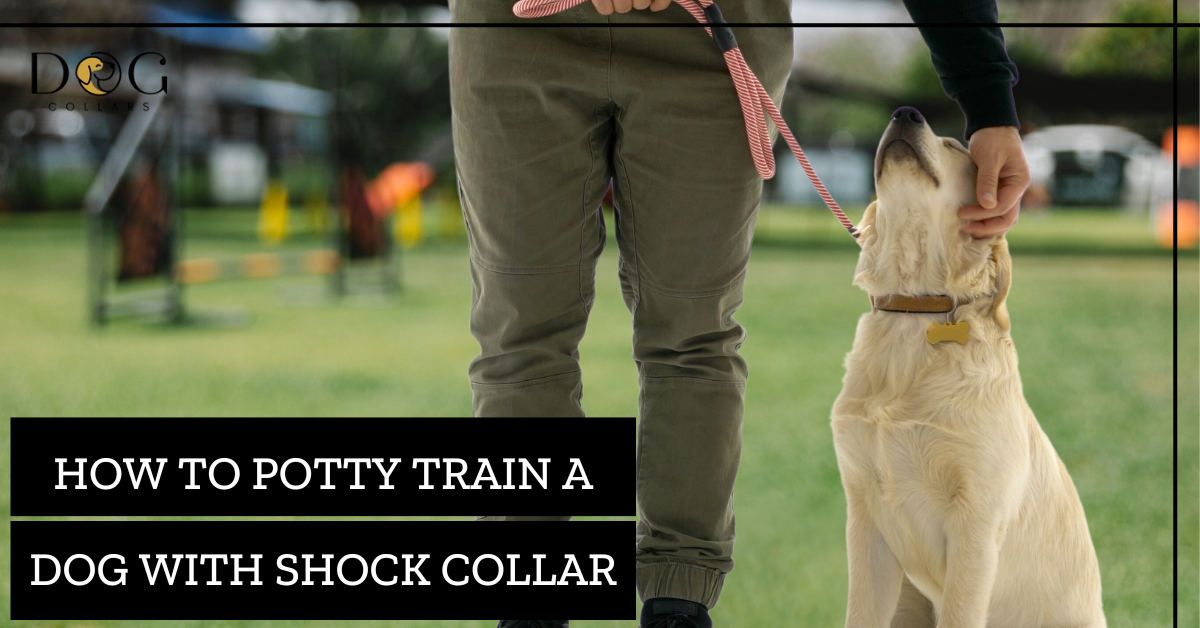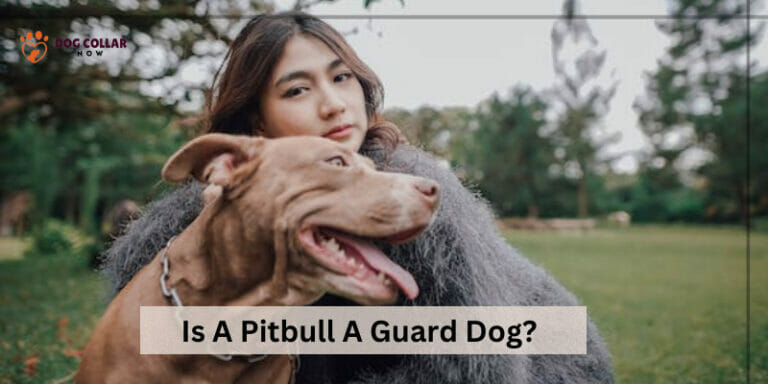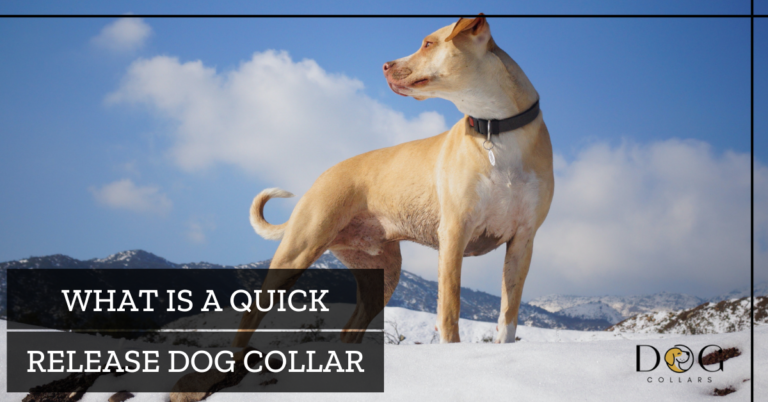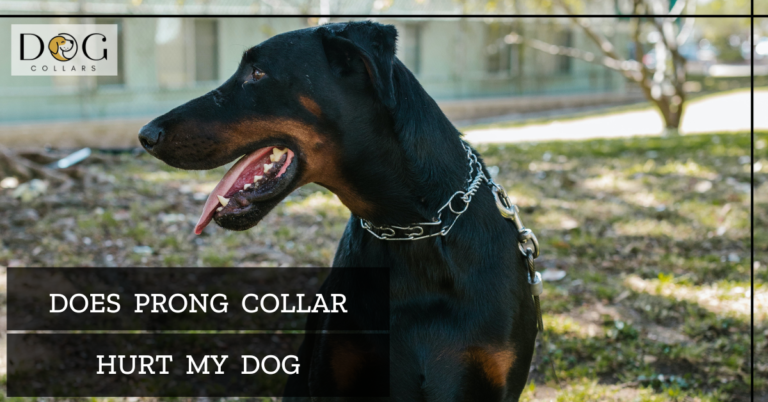Can You Potty Train a Dog with Shock Collar – Maximize Results

Are you struggling to potty train your furry friend? Do you find yourself constantly cleaning up after them and feeling frustrated with their lack of progress? It’s a common struggle for dog owners, but have you considered using a shock collar as a training tool?
Certainly! Shock collars can be used to train a dog to go potty outside, but it’s important to consider the potential harm they can cause. Positive reinforcement techniques like crate training or taking your dog for regular walks with treats as rewards are safer and more effective ways to potty train your furry friend.
Potty training a dog is a challenging task, but is it ethical to use a shock collar? Here you will learn how can you potty train a dog with shock collar?
Step-By-Step Guide on How Can You Potty Train a Dog With Shock Collar
Potty training a dog can be a challenging task for dog owners, especially if they have never undergone this process before. One way to train dogs is by using a shock collar, and the decision to use it should be made with care.
- The first step in potty training a dog using a shock collar is to ensure that the collar fits properly on the dog’s neck. It is recommended that dog owners seek assistance from a professional dog trainer to ensure that the collar is adjusted correctly. Once the collar is fitted, it’s time to introduce the dog to the shock collar.
- It’s important to give the dog time to get used to the collar before using any shocks. This can be done by starting with a low setting that does not cause any discomfort to the dog. Gradually, the intensity of the shock can be increased depending on the dog’s response to the training. It is also essential to provide positive reinforcement during the training process, such as treats or praise when the dog displays appropriate behavior.
- The potty training process is to establish a routine for the dog. This includes setting specific times for feeding, walking, and potty breaks. This routine should be maintained consistently to help the dog understand and anticipate what is expected of them. When the dog is taken outdoors for a potty break, it’s important to use a command that signals it’s time to go potty, such as “Go potty” or “Do your business.”
- If the dog does not act appropriately during the potty break, the shock collar can be used as a correction. For example, if the dog tries to run away or becomes distracted, a short shock can be used to redirect its attention. However, it’s important to note that the shock should be used sparingly and not as a punishment. If the dog continues to display inappropriate behavior, it’s recommended to seek further advice from a professional dog trainer.
Potty training a dog with a shock collar can be an effective method for correcting inappropriate behavior. However, it’s important to use the collar responsibly and with care. Using positive reinforcement and consistency in establishing a routine is key to a successful potty training process.
Best Shock Collar For Potty Train
Here are some shock collars:
Can you potty train a dog with a shock collar – Tips and Tricks
In this blog post, we’ll provide tips and tricks on how to properly train your furry friend with a shock collar for potty training purposes. So let’s ditch those unwanted behaviors and get started!
Start With A Small Area
Start potty training your dog with a shock collar in a small area, like a crate or a designated spot in your house. Remove any distracting items like toys or food bowls. Dogs have varying attention spans, so consider breaking up training sessions into shorter intervals.
This helps establish clear boundaries and prevents accidents. Gradually increase their play area as they become more comfortable and confident.
Using A Cue Word Is Beneficial
Using a cue word consistently during dog training is an effective technique for in-house training. It helps dogs associate a specific word or phrase with a desired action and reinforces positive behavior. Everyone who interacts with the dog should use the same cue word for consistency.
Be Consistent In Your Approach
Consistency is essential when using a shock collar for potty training your dog. Establish a designated potty spot and use a cue word, such as “go potty,” to reinforce the desired behavior. Watch for signs of needing to relieve themselves and take them immediately to the designated spot.
Set specific times for feeding and watering to predict when they need to go outside. Consistency establishes good habits without relying on punishment-based techniques.
Reward Good Behavior
Rewarding good behavior is crucial when potty training your dog. Positive reinforcement, like praise and treats, encourages them to repeat the desired behavior. Consistency is key, and occasional rewards can confuse your pet.
Avoid punishing or scolding unwanted behavior, instead redirect their attention elsewhere. By rewarding good behavior during potty training, you can establish lifelong obedience habits.
Take A Positive Approach
Using a shock collar for potty training should only be a last resort. Instead, start by introducing your dog to its potty spot and using consistent cue words. Reward good behavior with treats and praise. Focus on positive reinforcement and avoid causing stress or pain. With patience and love, you can successfully potty train your adult dog without harsh measures.
Problems With The Use Of Shock Collar To Potty Train A Dog
Here are some problems that occur when using a shock collar to putty train:
- Shock collar training can create a negative association with potty training.
- Dogs may develop anxiety and fear around going potty due to the pain associated with the shock.
- Relying solely on shock collar training prevents the development of important natural instincts.
- Positive reinforcement techniques like praise and treats build trust and encourage natural behaviors.
- Dogs trained with shock collars may exhibit more aggressive or fearful behavior in other areas.
- There are alternative methods for potty training that involve consistent schedules, positive reinforcement, and crate training.
How to potty train a puppy with a crate?
One effective method for potty training your puppy is by using a crate. Dogs naturally avoid soiling their sleeping area, and crates provide a confined space that can help them learn bladder control.
Choose the Right Crate
- Select an appropriately sized crate where the puppy can stand up, lie down comfortably, and turn around.
- Place comfortable bedding inside the crate to make it inviting for the puppy.
Gradual and Positive Introduction
- Introduce the puppy to the crate gradually and positively.
- Encourage them with treats or toys, avoiding any forceful actions.
Incorporate Potty Breaks into Routine
- Take the puppy outside for potty immediately after waking up from a nap or first thing in the morning.
- Reward the puppy with praise or treats when they successfully go potty outside.
Increase The Time Between Potty Breaks
- As the puppy becomes more comfortable with the routine, gradually increase the time between potty breaks.
- Keep a close eye on their behavior inside the house during this process.
Patience and Consistency
- Be patient and consistent in using this method of potty training with a crate.
- With time and effort, this approach can be highly effective for potty training your puppy.
What Is The Hardest Dog To Potty Train?
The hardest dog breed to potty train is usually the stubborn and independent ones, such as the Dachshund, Basset Hound, and Terrier breeds. It takes a lot of patience, consistency, and positive reinforcement to successfully train these dogs.
Additionally, some small breeds may have a harder time holding their bladder and need to go more frequently, making potty training more challenging. However, every dog is unique and their potty training experience depends on factors such as age, background, and individual temperament. With proper training techniques and a lot of patience, any dog can be successfully potty trained.
Conclusions
Training your dog is important, especially potty training. Shock collars may help train your dog faster, but they can cause physical harm and affect their emotional well-being. Instead, use positive reinforcement techniques like crate training and outdoor walks with treats as rewards. Patience and consistency are crucial. Don’t sacrifice long-term health for short-term gains. Let’s work together for better solutions.
FAQs
What is the best way to toilet train a dog?
The best way to toilet train a dog is to establish a routine and stick to it. Take them outside frequently, especially after meals and naps. Use a consistent command and reward them immediately for going to the right spot.
Is there a spray to potty train dogs?
There are sprays on the market that claim to help potty train dogs by attracting them to specific areas to eliminate. The effectiveness of such sprays is debated among experts and pet owners.
How long does it take to toilet-train a puppy?
Toilet-training a puppy can take anywhere from a few weeks to a few months, depending on the breed and individual temperament. Consistency and positive reinforcement are key factors in successful training.
How do dogs decide where to pee?
Dogs use their sense of smell and marking behavior to decide where to pee. They typically prefer areas with strong scents of urine from other dogs, as it helps them mark their territory.
How do you toilet-train a puppy in 7 days?
Toilet training a puppy in just 7 days requires patience, consistency, and positive reinforcement. Crate training can be effective to establish a routine and prevent accidents. It is important to take the puppy outside frequently and praise them for going to the toilet outside.






